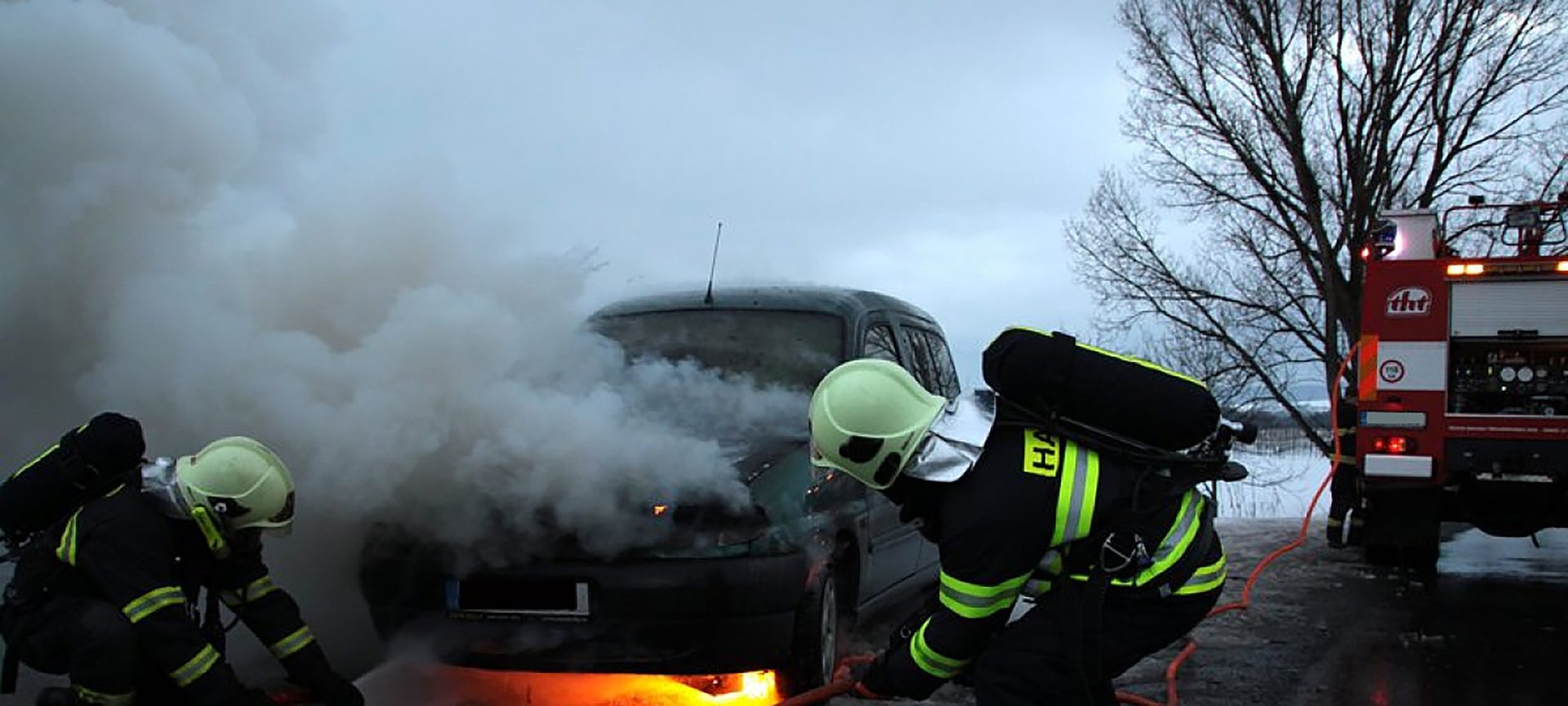After your test is when you really start to learn to drive, there’s some key things to watch out for.
Drink and drugs
Drink, drugs and driving don’t mix. Fortunately, millennials drink less than their parents. According to a recent survey, just one-in-ten see getting drunk as “cool”. Four-in-ten see it as “pathetic” or “embarrassing”.
So, if your mates think you’re an idiot as you stagger home from the pub, imagine how they’ll react if you reach for your car keys? Most drivers, young or old, wouldn’t dream of drinking and driving. But there’s still a core of offenders who think they will get away with it, or simply don’t care. And their recklessness led to an estimated 290 deaths in 2017, according to government statistics.
Drug driving is just as serious. Driving with more than the specified level of 17 legal and illegal drugs is against the law. Even small quantities could put you over the limit and might interfere with medicines used to try to save your life if you crash.
The need for speed
Young drives may have a rep for speeding, but that’s not entirely fair. Drivers aged 35-44 are the ones who are caught and convicted the most, far more than drivers aged 17-24. What’s more, the chances are new drivers will have a telematics insurance policy, which means a higher premium for those who regularly drive too fast. So, be like most young drivers, and respect the limit. Better still, remember that it’s a limit not a target.
Your driving instructor has probably spoken to you about ‘appropriate’ speed. You need to drive at a speed that’s appropriate for the conditions. Thick fog, heavy rain or other hazards could mean an ‘appropriate’ speed is well below the legal maximum. There are times when obeying the letter of the law isn’t enough to keep you safe.
Belting up
‘’200 people per year … might still be alive if they had put on their seat belt’’
Everyone wears a seat belt, don’t they? Surely, it’s a no-brainer.
Well, most drivers and passengers do. Government stats show that:
- 99% of drivers put belts on
- 93% of front-seat passengers wear seat belts
- 90% of rear-seat passengers belt up.
The problem is, that still leaves a minority of people who don’t belt up. And there are serious consequences. Take a look at the stats for car occupant fatalities. 27% weren’t wearing a belt when they died. That’s over 200 people per year who might still be alive if they had put on their seat belt.
It’s not just you who could be hurt if you don’t wear a belt. If you are in a crash at 30mph, your body will hit whatever’s in front of it at a force that’s 30-60 times your own bodyweight – the same force as a charging rhino.
The seat belt is probably the single most effective piece of safety equipment in any car, credited with saving more than a million lives worldwide. Why wouldn’t you wear one?
Driven to distraction
You’re driving when the mobile goes. You know you shouldn’t pick it up but it’s your best mate calling. You reach down to answer and… your licence is gone. Get caught using a handheld mobile and you face six points and a £200 fine. For a driver in their first couple of years on the road that’s enough for you to lose your licence.
There’s another scenario that’s even more serious. Maybe it’s a pedestrian rather than a police officer around the next corner. They step out into the road and you don’t see them in time because you’re on your phone.
Most drivers have the sense to leave their phone alone while driving. According to the RAC Report on Motoring, some 77% don’t make handheld calls (although hands-free calls are also a dangerous distraction). Be part of the safe majority, not the reckless minority.


